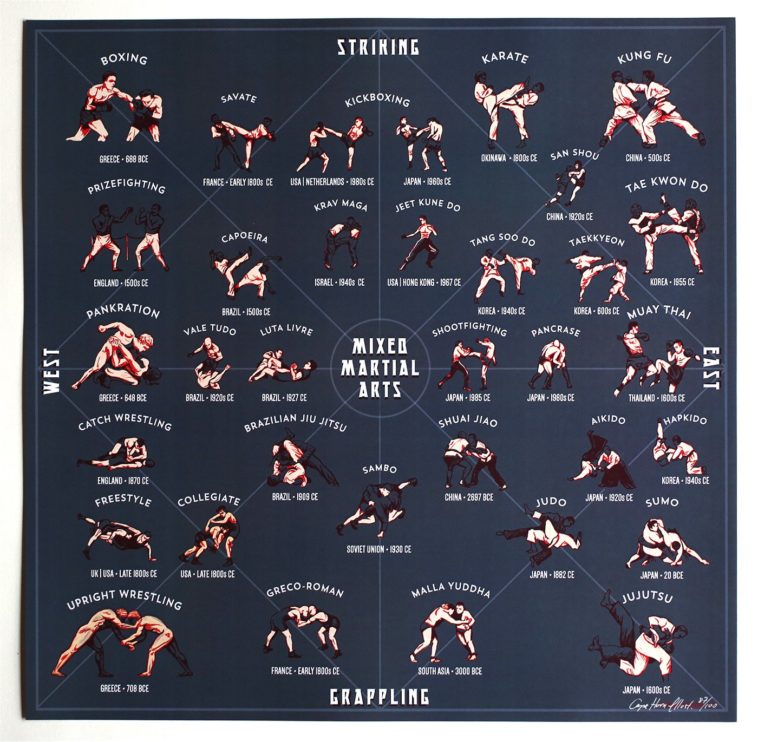Traditional Martial Arts And Modern Fight Sports: A Detailed Summary Of Their Distinct Differences
Traditional Martial Arts And Modern Fight Sports: A Detailed Summary Of Their Distinct Differences
Blog Article
Authored By-Bright Rocha
When you think of martial arts, do you lean extra toward the typical methods or the modern-day battle sports? Each course supplies distinct benefits and experiences, shaped by their approaches and training approaches. Traditional martial arts stress individual growth and discipline, while modern-day combat sports focus on competition and performance. Understanding these differences can lead you in picking the ideal approach for your trip. Yet how do these differences manifest in training and approach?
The Approach and History Behind Traditional Martial arts
While many people link martial arts with physical fight, the philosophy and history behind typical martial arts run much deeper. You'll find that these self-controls emphasize individual growth, technique, and regard.
Originating from ancient methods, standard martial arts were usually established for Self-Defense and spiritual growth. They embody concepts such as balance, consistency, and self-control, directing specialists beyond plain fighting abilities.
As you educate, you'll not only learn methods but additionally gain understandings into the culture and worths that formed these arts. The rituals and practices, often passed down with generations, foster a sense of neighborhood and belonging.
The Competitive Nature of Modern Combat Sports
Modern combat sporting activities have actually changed the landscape of martial arts into an extremely affordable field, where professional athletes face off in an examination of skill, method, and endurance.
click for source 'll notice that competitions are often arranged with strict regulations and policies, making certain fair play and safety. These events bring in large audiences, fueling the excitement and strength of matchups.
Athletes train carefully, not just for physical expertise but also for mental toughness, knowing that every information counts in the ring. The adrenaline thrill throughout competitors is palpable, as competitors press their restrictions to declare success.
Followers value the athleticism and virtuosity entailed, making modern fight sports a thrilling spectacle that remains to evolve and astound enthusiasts around the world.
Training Approaches and Techniques: A Relative Evaluation
The competitive ambience of modern-day fight sports needs innovative training approaches that differ substantially from conventional martial arts.
In contemporary training, you'll concentrate on details methods, competing, and conditioning, often using drills that imitate genuine fight scenarios. https://champion-martial-arts-for67665.bloggerswise.com/42564788/equipping-young-warriors-the-impact-of-fighting-style-on-bullying-and-personal-security 'll see an emphasis on quantifiable performance and regular competition to assess your abilities.
On the other hand, typical martial arts focus on forms, katas, and thoughtful trainings, typically emphasizing technique and respect over competitors.
martial arts without kata is usually less intense and might involve recurring technique as opposed to real-time sparring.
While both strategies construct skill and health and fitness, modern-day combat sporting activities provide a much more dynamic and adaptable training setting, preparing you for instant obstacles in the ring or cage.
Select the path that aligns with your goals and rate of interests.
Final thought
In choosing in between traditional martial arts and modern-day combat sports, it truly boils down to what you value the majority of. If you're looking for individual development, discipline, and a sense of community, conventional arts could be your ideal fit. But if you flourish on competitors and real-time difficulties, modern combat sporting activities could be the method to go. Ultimately, both courses use special advantages, so it's all about straightening your training with your individual objectives and rate of interests.
